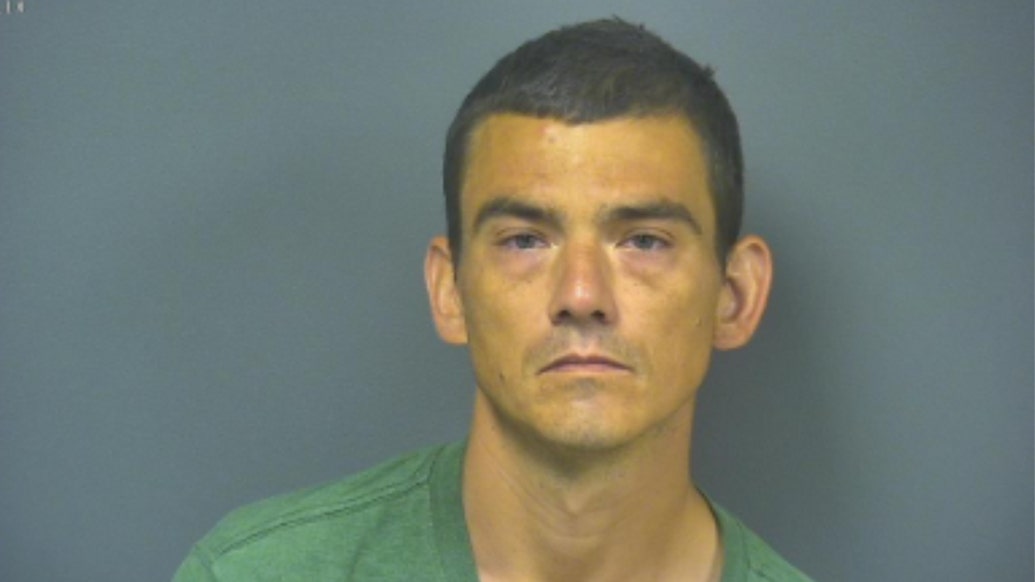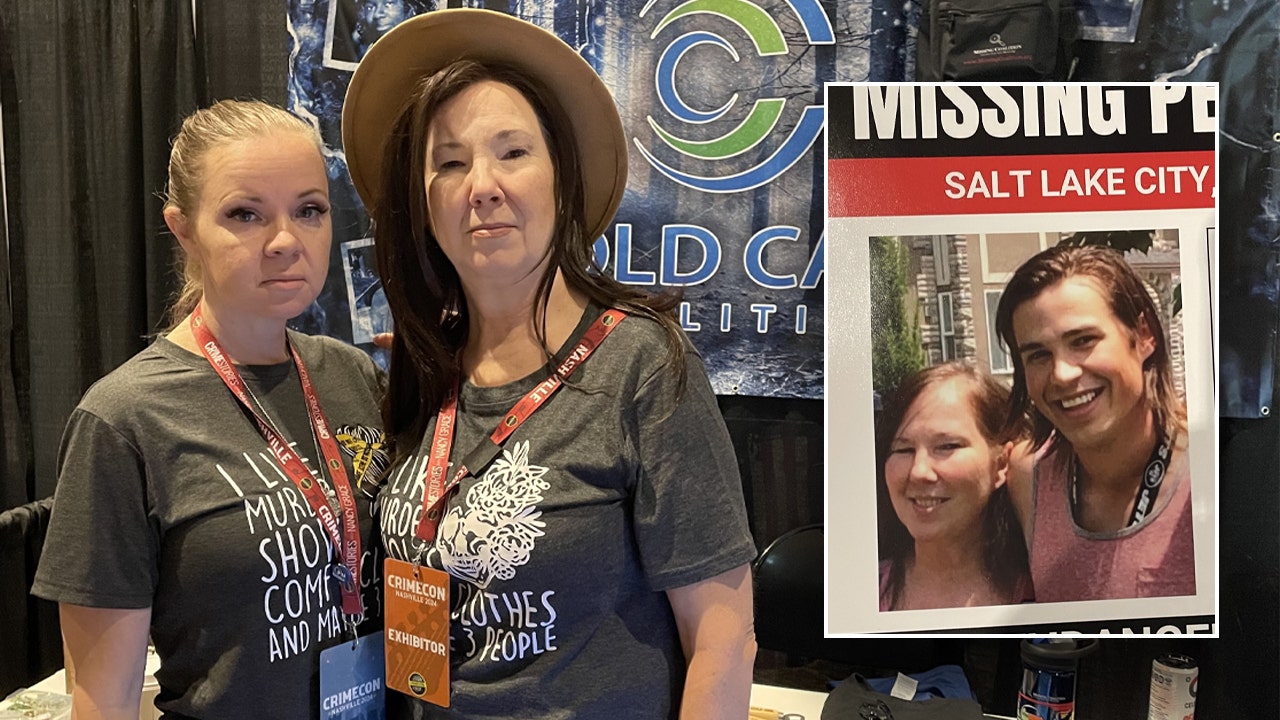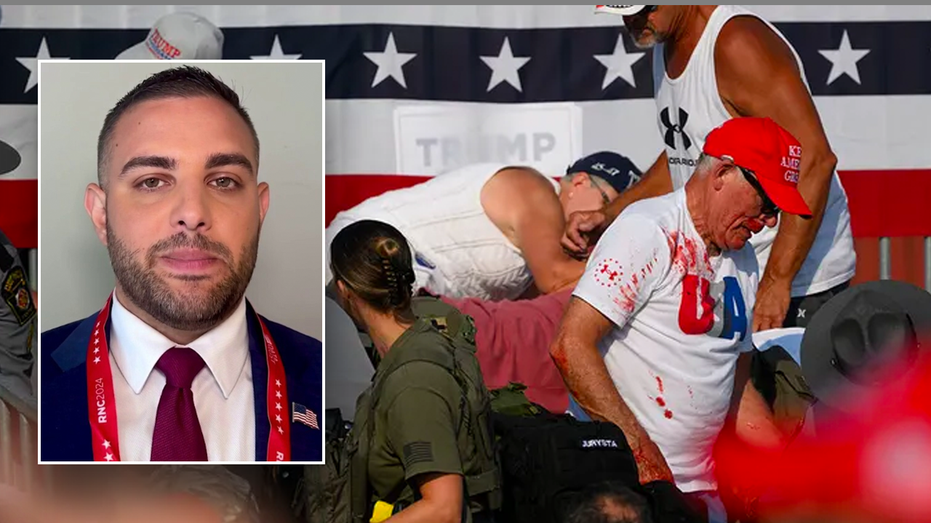Horses with singed tails and bellies licked by flames. Cows whose hides are spotted with burns. A baby goat, just two weeks old, orphaned by the blaze.
These are the scenes that emergency veterinarians and volunteers are finding as they traverse the wide-open fields of the Texas Panhandle, trying to save what animals they can and ease the suffering of many others. Their cases in recent days show the devastating effects that the state’s largest-ever fire — still burning — has wrought on a region where a person’s wealth can often be measured in herd size and acreage.
“Lots of burns,” said Dr. Laurie Shelton, a veterinarian who is part of Texas A&M’s Veterinary Emergency Team and among those who sprang into action after the Smokehouse Creek fire ignited last week. “It’s just tough. It’s a rough deal.”
The Smokehouse Creek blaze is one of several major wildfires burning across the Texas Panhandle that were still difficult to contain over the weekend as dry, windy weather led to warnings of increased fire risk across the region.
Much of the town of Sanford, population 132, was urged to evacuate Sunday evening when yet another new fire burned about 300 acres and threatened homes before being brought under control.
For Dr. Shelton and the other veterinarians who have tended to the cattle and other farm animals struggling to survive the fast-moving flames, the days start early and end late. They wake up before sunrise on cots at a command center in Canadian, Texas, divide into teams, load up trucks, and begin seeing patients of all sizes, shapes and colors. In recent days, they tended to a burn on a stud horse’s eye, treated a herd of 20 cattle, and found a donkey that was lost in the fire and was found with injuries so severe that it had to be put down.
“Fire doesn’t discriminate between houses, barns or trailers,” said Dr. Shelton, 47, a longtime horse veterinarian whose day job is now as a firefighter and emergency medical technician in Dripping Springs, outside of Austin. Despite the distressing caseload, she said, many injured animals had been saved from far worse: “There is a herculean effort on the part of ranch owners to get their animals to safety.”
The Texas A&M team first arrived last week with a narrow mission of aiding the search dogs that were sent with the university-sponsored search and rescue team to look for people injured or stranded by the fires. They bandaged the dogs’ feet with special wraps that kept them from getting burned but would still allow them to feel the ground for balance. But the next day, state officials called and asked for any veterinarians still available to help treat the large numbers of struggling livestock across the region.
Dr. Deb Zoran, who leads the team, grew up on a farm in Kansas and spent a large portion of her career focused on cat and dog nutrition. After Hurricane Katrina in 2005, she said, she and others at A&M began considering how veterinarians could better prepare for large-scale disasters.
Wearing dark black sunglasses against the Texas sun, Dr. Zoran moved swiftly on Sunday, consulting on injured cattle one moment and checking in on the search dog teams the next. During missions, she sleeps on a cot in her makeshift office, a trailer cluttered with gloves, radios, snacks and other supplies.
Elsewhere on the grounds, beyond the shower trailers, veterinarians were using a quieter moment to bathe the search and rescue dogs and wipe adhesive off their feet that the protective wraps had left behind.
Dr. Zoran’s team, which for this fire has had roughly two dozen people deployed at any one time, has treated about 180 animals, mostly cattle, since the fire began last week. And ranchers and cowboys are still finding injured animals on their vast properties.
State officials have estimated that thousands of livestock were killed by the fire, which began on Monday and has also killed two people. Some landowners have said a downed electric pole started the fire, though state officials have not made any conclusions.
“There’s been so much devastation and the ranches are so big, there’s no possible way for any group, anywhere to cover this entire territory,” Dr. Zoran said.
Unlike forest fires, when flames can envelop animals, the fire in Texas burned quickly across grassland, meaning many of the initial injuries were burns on the legs and bellies of cattle and horses, and sometimes on cows’ udders. Some cattle were also injured running through fences as they sought to avoid the flames.
Now, a week since the fire began, the veterinarians are seeing different kinds of wounds: respiratory problems from inhaling large amounts of smoke, and damaged hooves.
“There was the initial fire burn — horrible things — and then there’s the short little window when, OK, they’re alive, now what?” Dr. Zoran said. “And now we’re starting that second phase.”
One major concern with hoofed animals like cattle and horses is the possibility that the part underneath their hoof gets so inflamed that the hoof comes off altogether, which can happen a week after the fire. That makes it impossible to stand and may lead to a decision to put the animal down.
And respiratory issues can be fatal, particularly if animals are not given medicine to stave off infections.
Some residents have taken it upon themselves to offer what treatment they can and to shelter dogs and cats who are lost or whose owners’ homes were destroyed.
Marni Prater, who lives outside of Fritch, Texas, has been selling T-shirts during the day to support victims of the fire and volunteering to treat animals for smoke inhalation and burns in the evenings. She has provided albuterol, an asthma medication, to horses, cats and 400-pound pigs, and recently treated a flock of sheep whose backs and feet were singed by flames.
All of that came after she and her husband and their two sons, one age 4, one 5 months old, had to flee — taking several of their horses with them — when the flames rapidly approached the home they had just moved into two weeks ago.
“You could just see flames rolling down the road,” she said. They thought they would have time to get all of the eight horses off the property but were forced to leave several behind. Luckily, they all survived.
This weekend, Ms. Prater was dealing with an even fuller house than normal. There was a baby goat, Coco, whose mother was killed by the fire. There were several dogs. And outside, Ms. Prater was trying to help several horses breathe better, using a nebulizer connected to a mask large enough to fit over a horse’s muzzle.
As she walked toward the pasture where her horses graze, her 4-year-old son, Ryder, ran out after her with a stethoscope and bag of candy and helped guide the horses through a gate. Ms. Prater said her phone had been buzzing almost constantly with messages from people seeking help for their animals.
“It’s exhausting,” she said, still with a smile. “I’ve never had to charge my phone as much as I have the last few days.”
Another volunteer, Loretta Tebeest, who founded a rescue shelter in Amarillo, drove into Fritch last week to help after a fire tore through the area. She fed dogs, cats, chickens and turkeys and found three dogs who were on the loose, keeping them safe until she could return them to their owners; one is still with them.
“We put our stuff to the side and jumped to help them, because they needed the help,” Ms. Tebeest said. “It hit closer to home. We felt like we had to help.”
Lucinda Holt contributed reporting.






